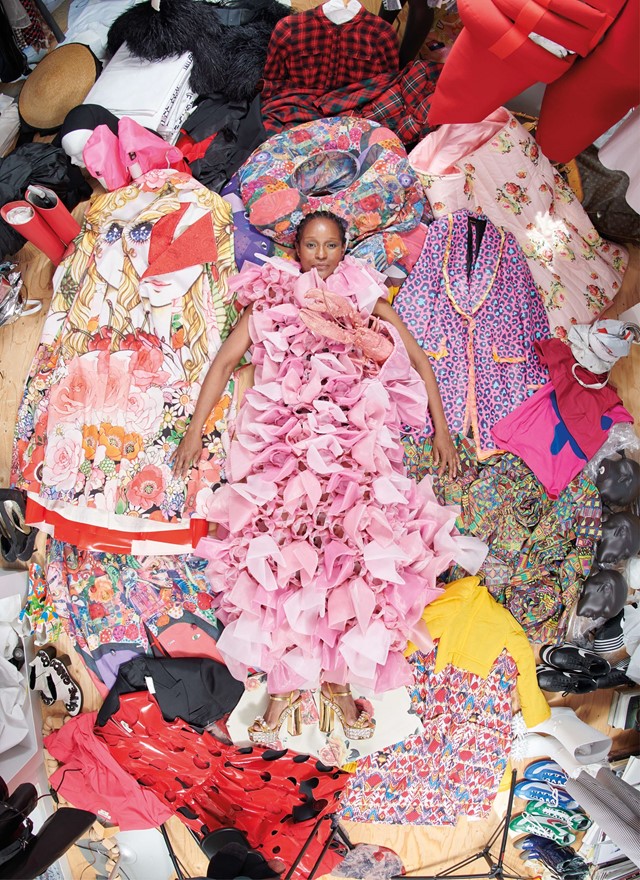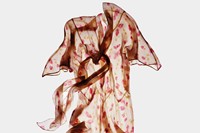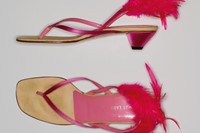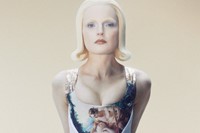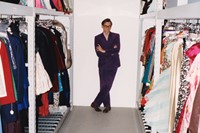Alexandra Carl’s new Rizzoli-published book, Collecting Fashion: Nostalgia, Passion, Obsession, delves into the enviable fashion archives of Zaha Hadid, Michèle Lamy, Alexander Fury, Michelle Elie and more
Confined to our homes and with time on our hands, the pandemic pushed many of us to reconsider our relationship with our clothes. With the superficial games of social media on pause – no one had anywhere to go and be seen – our sartorial choices could be introverted and reflective. But the qualities of patience, thoughtfulness, and personal intrigue that this forced slowness emphasised have long been the beating heart of the 20 collectors featured in stylist Alexandra Carl’s new book Collecting Fashion: Nostalgia, Passion, Obsession, published by Rizzoli. From Michelle Elie’s wonderous archive of Comme des Garçons runway pieces to Michael Kardamakis’ relentless pursuit of vintage Helmut Lang, Carl celebrates the art of collecting fashion through each collector’s singular passion and spirit.
The book took four years to complete due to the onset of the pandemic – which fittingly reinforced the mindset of thoughtfulness and slowness at the project’s crux – but Carl has had an intricate interest in clothing since childhood. “My grandmother was a single mum and didn’t have tonnes of money, but she was really skilled at making things,” the stylist reminisces. “That’s how I learnt to look at things in depth and appreciate them. My mum still refuses to throw anything out.” Building a wardrobe, for Carl, has always been as much about honing an eye for detail as it is an act of preservation.
The specific world of collecting fashion was opened to her when she was introduced to Adrian Appiolaza, the current creative director of Moschino, via the journalist, and one of Collecting Fashion’s contributors, Angelo Flaccavento. “Adrian has this incredible collection that’s just for him – and that’s what fascinated me,” Carl explains. “He would take a bank loan to get access to a piece of Comme and then wait for two years for it to arrive. He is in love with something to the point that he cannot let go of the idea, the dream, the fantasy.” What struck Carl was Appiolaza’s patience and dedication, which goes against the grain of the mainstream consumerist trend for newness, on-demand (to then be disposed of).

Each of the collectors in the book share this slow-burning passion for collection and conservation, driven by personal desire and not an impulsive flaunting of wealth. “For me, it was really about people who come to collecting on their own, not necessarily because things had been passed on through their family or they had excessive financial means,” says Carl. “It could take years before they get access to something – we don’t really encourage people to dream like that anymore.” Similarly, the archives featured were never, at least initially, started for public show but were rather motivated by an intimate love of fashion and an inherent instinct for collecting. Vicky Roditis, for example, refers to her dizzying anthology of Maison Margiela as her “wardrobe” (she wears the pieces every day); even Azzedine Alaïa kept the extent of his monumental private collection secret from most.
To celebrate the distinctive character of each person and archive featured, Carl consciously ensured each chapter had its own unique editorial format. “What’s essential to the book is the character of each of them,” she explains. “No chapter is the same – even if it’s shot by the same photographer, they are still very different.” There are personal essays from AnOther Magazine’s fashion features director Alexander Fury on his own collection and that of Azzedine Alaïa, a Q&A between Hans Ulrich Obrist and Zaha Hadid, an intimate photo shoot of Michelle Elie at home in her archive by Raphael Bliss, amongst many other captivating features (which are works of art in themselves).
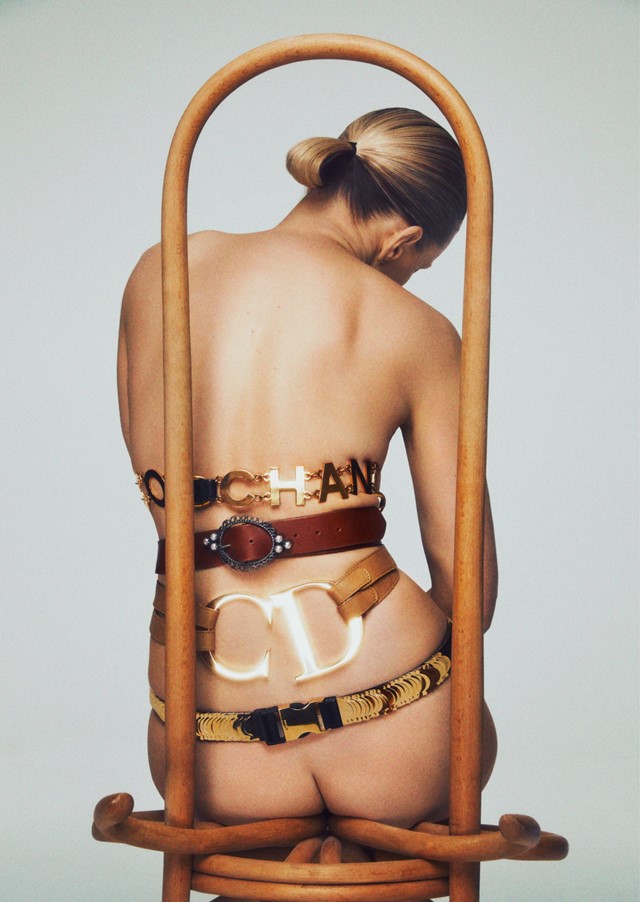
It’s this dual emphasis on the art and psychology of collecting that makes Collecting Fashion both vital and resonant. “The book really is about celebrating and cherishing this huge job of maintaining these treasures,” Carl affirms. “They are important in so many ways, for the history of these houses and for the history of fashion. But they are not brought to the forefront of the industry.” And even if the sheer depth of the material archives featured can feel intimidating to the amateur collector, the accompanying essays and photographs make it accessible and understandable. “I want people to feel like they can invest in clothes without having a massive bank account,” she reiterates. “I’m way more interested in buying archives or second-hand because I feel I get more for my money – something that has history and carries a legacy.”
Collecting Fashion: Nostalgia, Passion, Obsession by Alexandra Carl is published by Rizzoli, and is out now.
